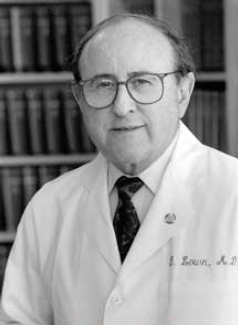I have a confession: I was anxious about attending this
week’s Stanford Medicine X conference.
While I’m hardly anti-science, I advocate for the return of listening and a refocusing
on the art of medicine. I write regularly about the low-tech
revolution to healthcare reform—and here I was about to speak at a
conference that’s “the intersection of medicine and technology".
My fears turned out to be unfounded.
Rather than being a tech-fest, Medicine X sets itself apart from all the
hundreds of medical conferences I’ve attended because patients are front and
center. Patients formed the advisory panel; patients presented during every
session; and, in fact, patients were the VIPs seated prominently at the front
of the room. As multiple attendees noted, when there was a question, everyone
turned to the patient—not the physician—for the answer.
Halfway through the conference, I
had a realization: isn’t this how every medical conference should be? In fact,
isn’t this how medicine is supposed
to be, with the patient as an integral partner—and driver—of healthcare?
The three days of Medicine X were
filled with dramatic examples of this. E-patient and cancer survival Liza Bernstein discussed the importance
of dignity in healthcare: “It’s invisible, but just as important to us as
oxygen.” Marble staircases and fancy furniture can’t make a good healthcare
experience if respect and empathy are missing. “No matter how dire things are,
you can’t let your dignity be taken away,” she urged.
Sam Gordon, an e-patient with
terminal pancreatic cancer, shared his goals in health. “When the outcome is
known, when curing isn’t possible, doctors have to heal,” he said. “My doctors
are comfortable with ‘scientific time’, but how about let’s talk about my
pain?”
There were many poignant moments
when people shared their stories. They are reminders that in the often-sterile and
detached environment of healthcare, it’s OK to show emotion. Emotion allows us
to bond. Designer Amy Cueva
contends that emotional intensity can be indicators of unmet need. “You must
pay attention to pain, frustration, and anger,” she said. Our responses to the
many authentic, emotional voices are testament to the critical importance of
the story.
Both patient and providers discussed
how the root of so many problems is miscommunication and lack of understanding.
Stories help us connect,
inspire, and heal, and Medicine X provided the venue to share our stories.
It offered the space for disparate groups to break down our silos and work
towards a mutual understanding.
Towards the end of the final day, I
had another realization. I looked around the table I was sitting at. There was
another provider, two patients, a hospital administrator, a software developer,
and a researcher. We were attending the same sessions and participating in the
same discussions—we were literally, in Katie McCurdy’s words, walking
in each other’s shoes.
At the end of Medicine X, I feel
invigorated. I’ve met some amazing advocates in the U.S. and internationally
who are working towards the aim of participatory
medicine and patient-centered
care. I’ve listened to many stories and shared my own.
More than anything,
I am thinking, what an honor it is to be a physician! As Jason Albrecht says, what a great
privilege it is indeed to “walk alongside, to guide, and to follow our
patients.”











